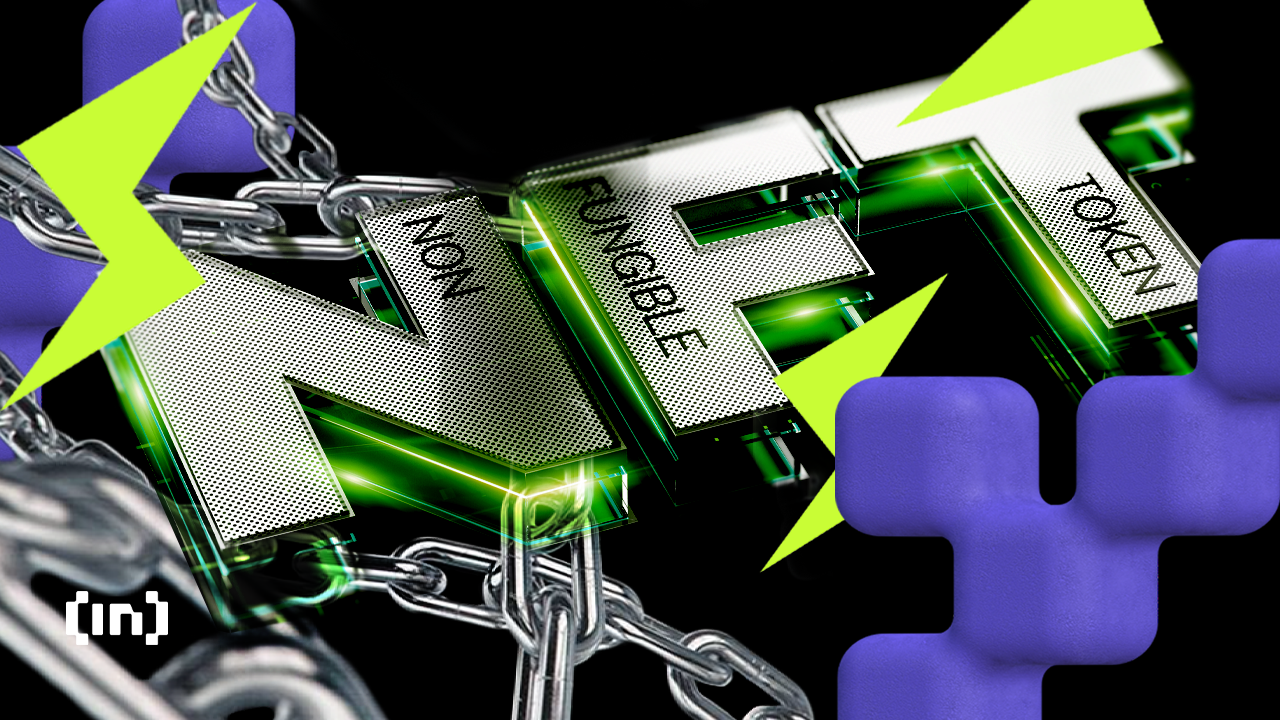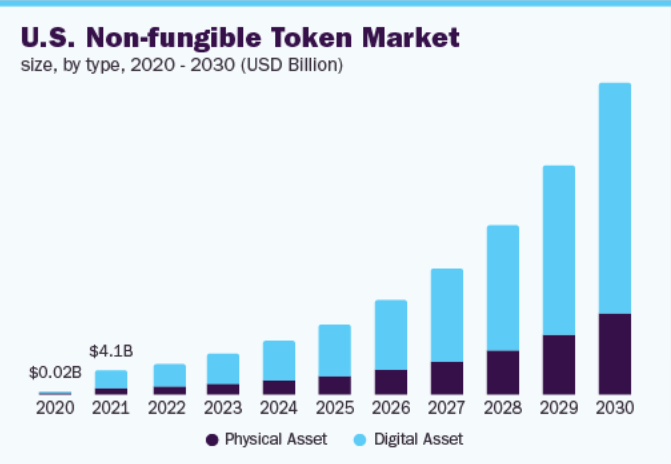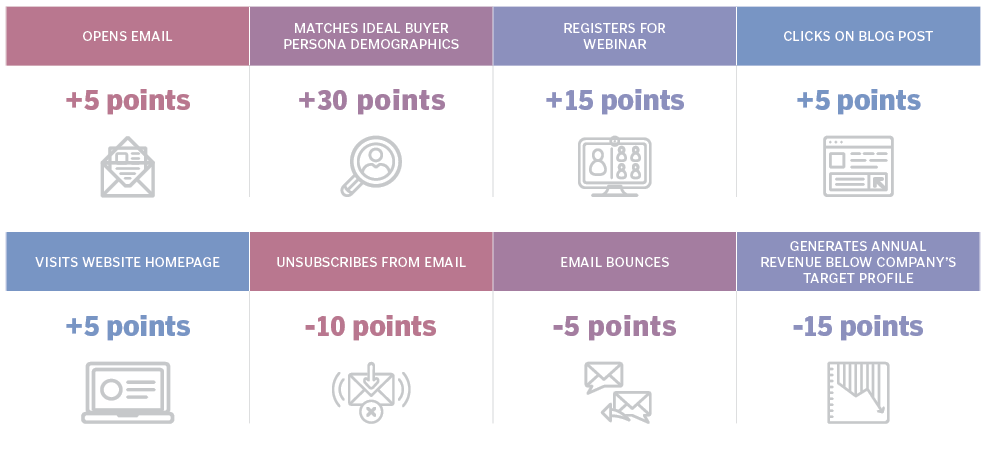NFTs have emerged as a groundbreaking application of web3, revolutionizing how we perceive and trade digital items. From valuable PFPs (profile pictures) to utility-based tokens, the surface has barely been scratched with the potential of blockchain-based digital collectibles. But the NFT buzz during the bull market has been replaced with a saturated market during the bear. As such, it is crucial for creators and collectors to understand how to advertise NFTs effectively.
This article will guide you through the process of NFT advertising in 2025, providing insights and strategies to help your project stand out in a competitive marketplace.
Most popular platforms to manage tokenized art
Wirex
Free non-custodial cross-chain wallet for NFTs & DeFi
Angelo App
Diversify your portfolio with real art pieces
OKX NFT Marketplace
Decentralized market offering NFT trading cards & more- What is NFT advertising?
- How does NFT advertising work?
- Understanding your target audience
- Choosing the right NFT marketplace
- Crafting compelling visuals and descriptions
- Leveraging social media advertising
- Collaborating with influencers
- Exploring display and native advertising
- Implementing content marketing
- Incorporating a strong call-to-action
- Utilizing retargeting
- Tracking and analyzing results
- Allocating budget effectively
- The NFT advertising trifecta
What is NFT advertising?

Non-fungible tokens (NFTs) are one-of-a-kind digital assets that can represent anything from art and music to virtual real estate and collectibles. NFT advertising refers to the promotion and marketing of these digital assets. By leveraging various marketing solutions, NFT advertising aims to create awareness and drive engagement toward an NFT collection or artwork, then convert this awareness to sales.

According to market analysis by Grand View Research, the global NFT market size is expected to grow at a compound annual growth rate (CAGR) of 34.2% from 2023 to 2030. In light of this information, we also expect marketing spending for NFT advertising to grow and more NFT marketing agencies to emerge as demand for full-stack solutions grows.
If you want to keep up with competitors, you must allocate an advertising budget for your project. This is particularly important during a bear market, where nft advertising is essential, as there is less free-flowing capital to fund web3 projects.
How does NFT advertising work?
Advertising in web3 differs from web2. Specifically, NFT advertising does not use traditional fintech companies’ typical revenue channels, such as paid media — e.g., Reddit, TikTok, or Google ads. In fact, some platforms outright ban advertising financial or crypto products and services.
As a result, crypto marketing primarily focuses on owned media. Owned media refers to the digital marketing channels that a company has full control over, including its branded website and social media accounts. These channels are entirely managed and operated by the company itself, allowing for direct control over the content and messaging.
Examples of owned media include company websites, blogs, podcasts, and organic crypto social media posts. In essence, a company can shape its brand narrative, engage with its audience, and establish a strong online presence through these channels.
Work with us and smash your marketing goals! – contact us today!
Understanding your target audience
If you want to start advertising your NFT, then you have to understand your target audience first. An effective way of understanding your audience is to build a buyer persona.
A buyer persona is a fictionalized portrayal of a business’s ideal client. It provides a detailed picture of the customer, including information about who they are, what they do, why they do it, and their goals. The persona is based on research and data about current and potential customers.
For example, “John is 26 year old, he lives in Manhattan, takes the subway, works in finance and makes $100k a year.” With this method, you can make certain assumptions. Can you advertise on the subway? How much can John afford to spend? Does he live in a financial hub?
In summary, there are thousands of Johns. You only need to reach a fraction to sell out an nft collection. A buyer persona helps you figure out how to reach the Johns of the world.
Choosing the right NFT marketplace

Another key point for NFT advertising is choosing the right NFT marketplace. Research and select a marketplace that aligns with your target audience and objectives. Consider factors such as platform reputation, user base, transaction fees, and the types of NFTs that perform well in that marketplace.
For example, some users are ideologically driven and may choose a marketplace that enforces creator royalties. In a similar fashion, users may also care about storage location (e.g., IPFS vs. on-chain storage). On the other hand, some users will go to a cheaper alternative that has no platform fees or gasless minting. Consider the type of NFT your chosen marketplace sells. Some marketplaces, such as SuperRare of Nifty Gateway, focus on curating high-end art in digital collectible form. Others, such as OpenSea, are catch-all marketplaces offering a huge range of NFTs.
In this case, choosing the right marketplace is more about staying aware of your NFT project’s purpose and your customer’s needs and finding a middle ground that serves both. By choosing the right platform, you increase your chances of reaching potential buyers who are interested in your specific niche.
Crafting compelling visuals and descriptions
Art is subjective, and to an extent, so are utility-based projects. Whether someone considers a particular collection exciting or useful tends to spur arguments. Different people like different things! However, attention to detail can translate into more support for your NFTs. To put it another way, use compelling visuals and descriptions.
You should produce the best possible content in the highest resolution or fidelity you are able to offer for images, audio, and videos. Before clicking on your listing when browsing the marketplace, users frequently evaluate the image, title, and price of the NFT. Make sure your work has a catchy title.
Not only does this apply to visual art but to other art forms as well. Many people make purchases based on emotions. When a person feels connected to a product or brand, they are more likely to buy it.
Leveraging social media advertising
While leveraging NFT advertising on social media can be difficult, social media is still useful. In fact, it is the most visible NFT marketing solution for web3 advertising. Just ask anyone on Crypto Twitter (a.k.a. CT).
As stated earlier, some social media platforms discourage crypto and financial advertisements. However, most NFT advertising uses social media as a funnel or for NFT community building. In particular, nft projects tend to flourish on Twitter and Discord primarily.
You can also utilize other platforms, like YouTube or Reddit. However, web3 YouTube marketing and Reddit are not as popular as the aforementioned platforms for NFT marketing,
Projects on Discord offer generous salaries for anyone with community management experience. This goes to show that there is a healthy market. In addition, information spreads like wildfire on Twitter. So when a story or trend goes viral, it most often breaks or circulates on Twitter before it hits mainstream media.
In other words, social media is cost-effective for NFT advertising. It lowers the cost per lead and the barrier to entry for projects with little startup capital. The key takeaway here is to create compelling posts and keep your audience engaged.
Collaborating with influencers

Partnering with influential figures in the NFT and art space can significantly expand your reach and credibility. Seek out NFT influencers who have a strong following and align with your target audience. Collaborate with them to promote your NFTs through sponsored posts, giveaways, or exclusive content.
It is important to remember that collaborations must benefit all parties involved. Ensure that the NFT influencer’s values, content, and overall goals align with your brand’s objectives and target audience. Collaborating with influencers who share similar values can create an authentic connection and resonate with their existing fan base.
Evaluate the influencer’s audience demographics, interests, and engagement levels to determine if they align with your target audience and market. A successful collaboration should have the potential to reach a relevant and engaged audience that is likely to be interested in your product or service.
Exploring display and native advertising
Display advertisements are purposefully designed as eye-catching banners, using distinctive colors, thoughtful positioning, and distinctive branding components that contrast with the website on which they are displayed. The objective is to visually stand out in order to attract the user’s attention.
Native advertisements, however, are carefully created to blend in with a website’s content. Both forms of advertising have their strengths.
Display ads stand out to the user, creating a better opportunity to get their attention for potential conversions. Conversely, native ads are more organic and are typically viewed as more trustworthy.
Seek out websites that offer affiliate marketing for display and native advertising. If you don’t know which suits your needs best, this might be a sign that your marketing strategy isn’t as detailed or comprehensive as it should be. To cover all bases, you can always use both, although this may not be an effective use of a budget. If you’ve employed an NFT marketing agency (highly recommended), the team can guide you on the best advertising routes for your project.
Implementing content marketing
Many algorithms work by promoting what already attracts an audience’s attention. Content marketing is a marketing approach that focuses on creating engaging content to attract and retain a specific target audience. If you want the algorithms to promote your NFT advertising, you have to play the game.
The average person is bombarded with dozens, maybe even hundreds, of ads, posts, and content on a daily basis. All are trying to get a potential lead’s attention in a matter of seconds.
The way you separate yourself from the pack is to create clear content that gets straight to the point. Do not overcomplicate your product, or your sales will suffer. Some examples of content marketing are:
- Infographics
- Articles
- Newsletters
- Blogs
- Webinars
- Social media posts
- Video content
- eBooks
- AMAs
Incorporating a strong call-to-action
When it comes to NFT advertising, sometimes leads will need a little push to make a decision. In this case, implement a call-to-action (CTA). This act alone will separate those who ask from those who don’t.
Furthermore, this will also provide clear instructions to those who are interested and ready to take the next step. Include clear and compelling calls to action in your advertisements to direct interested users to the NFT marketplace or your website. Encourage potential buyers to take action, whether it’s to explore your collection, join a waitlist, or make a purchase.
A strong call-to-action guides users through the buyer’s journey and streamlines the conversion process. The last thing you want is for users to wonder how to purchase your product.
Utilize good ad copy to encourage the desired actions. Ad copy refers to the text or content used in advertisements to grab attention, convey a message, and persuade the audience to act. It is the written component of an advertisement that aims to engage the target audience. A notable example of ad copy employed worldwide might be “50% off, act now.”
Utilizing retargeting
Implement retargeting strategies to reach users who have shown interest in your NFTs but haven’t made a purchase yet. By placing cookies on users’ devices, you can deliver personalized ads to remind them of your NFT collection and encourage them to complete a purchase. Retargeting helps to maintain engagement and nurture potential buyers throughout their decision-making process.
Another effective way to utilize retargeting is lead scoring. The goal of lead scoring is to identify leads that exhibit higher levels of interest, engagement, and alignment with the company’s ideal customer profile. By assigning points or weights to specific attributes and actions, businesses can effectively gauge a lead’s readiness to make a purchase.

Tracking and analyzing results
Utilize analytics tools to track the performance of your advertising campaigns, measure conversions, and optimize your web3 marketing strategies accordingly. Monitor key metrics such as click-through rates, engagement, open rates (via email marketing), or growth rates (via crypto link-building) to gain insights into the effectiveness of your advertisements.
This data-driven approach allows you to refine your campaigns and allocate your resources where they generate the best results. To conduct an effective NFT marketing strategy, you will use these metrics to minimize your costs and focus your efforts:
- Return on investment (ROI)
- Engagement
- Conversion rate
Tracking and analyzing results provide valuable insights that enable businesses to measure success, optimize strategies, and, most importantly, understand their audience. It also provides insights into audience behavior, preferences, and interests. This understanding helps businesses tailor their advertising messages, content, and offers to better resonate with target audiences.
Allocating budget effectively

NFT marketing can cost you anywhere from $5,000 to $200,000. It is important to understand your and your audience’s needs. In other words, you don’t want to spend more than you have to.
Ask yourself, what is the desired result? More engagement, a larger return on investment, or customer growth? Ring section a percentage of your budget, then allocate it strategically across different advertising channels based on their effectiveness in the necessary areas.
Continuously evaluate the performance of each channel and adjust your budget allocation accordingly. By focusing on the most promising avenues, you can optimize your budget and achieve a higher return on investment.
The NFT advertising trifecta
Good marketing does not make up for a bad product, but great marketing can help a good product achieve scale. Before looking into NFT advertising, ensure you have the following three things — an nft advertising trifecta: a solid product, a strong business model, and a workable, realistic budget.
Having a good product and a bad business model doesn’t do any good. Conversely, having a bad product and a good business model and budget isn’t optimal either! With proper planning and budgeting, your project can bring value to the lives of others and become profitable at the same time.
Work with us and smash your marketing goals! – contact us today!
Frequently asked questions
Yes, you can promote an NFT. Advertising an NFT involves promoting and showcasing the unique digital asset through various marketing channels, such as social media, online marketplaces, and specialized NFT platforms, to attract potential buyers and create awareness about its value and availability. However, it’s important to comply with applicable laws, regulations, and platform guidelines while advertising NFTs.
The best way of advertising NFTs is using owned media. That is social media or your company’s website to funnel leads. Many paid media platforms discourage financial and crypto ads.
NFT marketing is done primarily through owned media. Many companies promote NFT projects on Twitter or Discord. You can also hire marketing agencies to promote your NFT collection.
To make an ad for an NFT is very simple. Although many platforms may not allow paid ads, you can still create posts to funnel potential leads to your website or an nft marketplace. Creating a simple and clear post can be an effective call to action for an NFT ad.
Creating an NFT can be free in a lot of cases. However, on some platforms you have to pay for a gas fee. On other platforms, collectors may be required to make a purchase before NFTs are minted. In this scenario, creating an NFT is technically free. However, things like smart contract programming, utility partnerships, and designs by artists will all come at a cost, as will promoting an NFT.
Marketing NFT costs vary depending on your needs. Some marketing agencies will charge anywhere from $10,000 to $200,000. On the other hand, if you require specialized services, such as a white-label NFT marketplace, you may end up spending more. This could be anywhere from $50,000 to $500,000.

